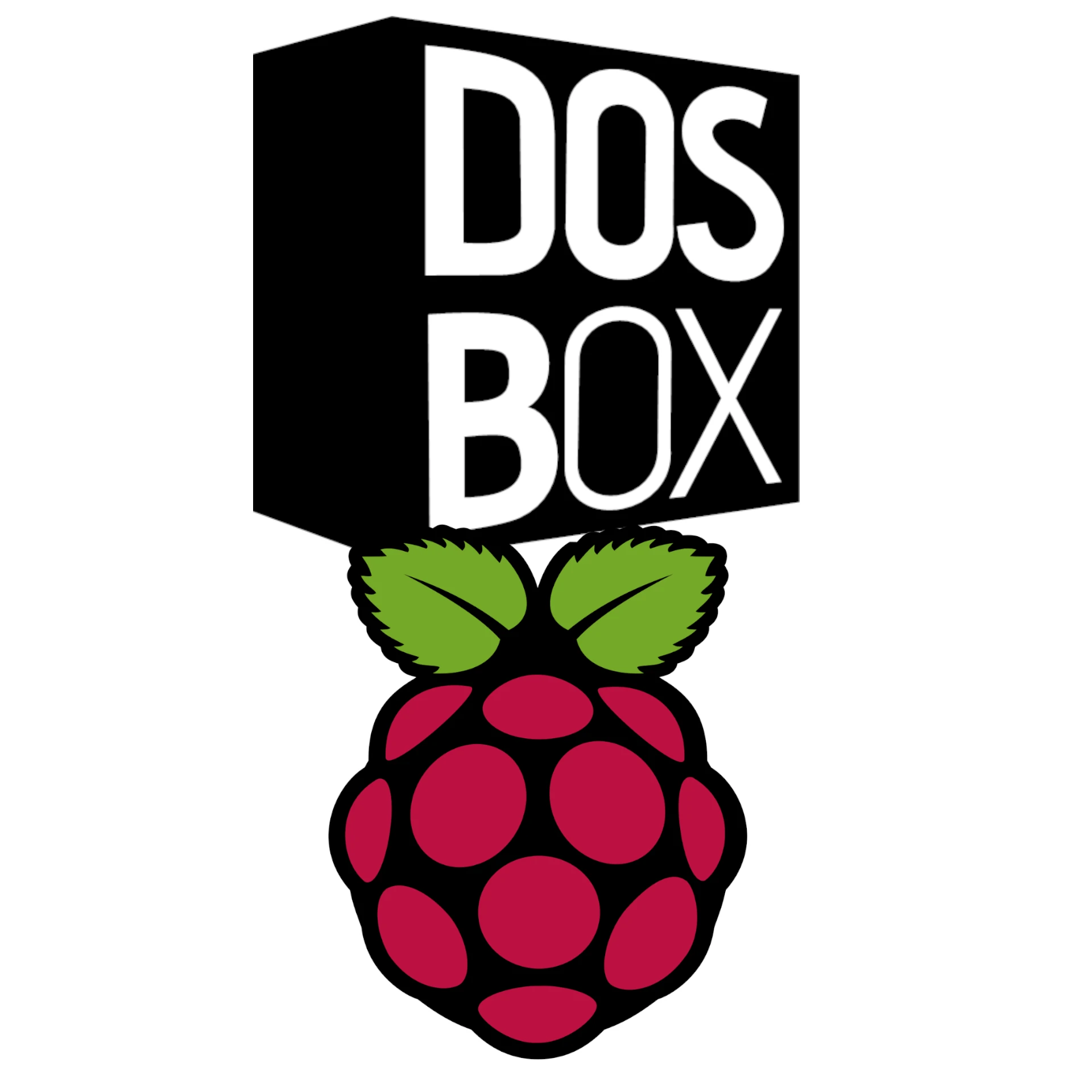There are some really amazing things that people have done with their little credit card sized SBC, and we also have a few ideas and guides on projects to use your Raspberry Pi for. But as the holiday season draws all the nearer, we decided to reflect, switch off and relax with some gaming. Old school gaming from when we grew up (in my days…). Today we look at a way of running those golden oldies on your favourite device, so sit back, relax and see of you can help Mario rescue that princess one more time…
Side note: It might also be worth looking at RetroPie installation and usage as it might be easier for some users.
What is DOSBox?
DOSBox is an emulator that replicates the environment of MS-DOS, a popular operating system from the 1980s and 1990s. It allows users to run classic DOS-based software and games on modern hardware. By simulating the hardware and software of older PCs, DOSBox makes it possible to relive retro experiences that might otherwise be inaccessible.
How Does DOSBox Work?
DOSBox creates a virtual machine on your computer that behaves like an old DOS computer. It emulates the necessary CPU, memory, graphics, and sound hardware, enabling older software to run seamlessly. Users interact with DOSBox through a command-line interface, mimicking the way software was accessed in the DOS era.
Why Can DOSBox Run on a Raspberry Pi?
The Raspberry Pi is a small, affordable computer capable of running Linux-based operating systems. DOSBox is designed to be lightweight and is compatible with Linux, making it an ideal match for the Raspberry Pi. Even the modest processing power of the Raspberry Pi is sufficient to emulate the hardware requirements of DOS programs.
What You Need to Set Up DOSBox on a Raspberry Pi
Before you begin, gather the following:
- A Raspberry Pi (Model 3 or newer is recommended for better performance).
- MicroSD card with a Raspberry Pi OS installed.
- A power supply for the Raspberry Pi.
- Keyboard and mouse for input.
- Monitor or TV connected to the Raspberry Pi.
- Internet connection for downloading software.
- A USB drive or file transfer method for adding your DOS programs.
Steps to Get DOSBox Running on a Raspberry Pi
- Install Raspberry Pi OS: Ensure you have Raspberry Pi OS installed and updated. You can download the OS from the Raspberry Pi website and use tools like Raspberry Pi Imager to write it to your microSD card.
- Open the Terminal: Boot up your Raspberry Pi and open the Terminal application from the desktop environment.
- Install DOSBox: Type the following command to install DOSBox:
sudo apt update sudo apt install dosbox - Create a Directory for Your DOS Games/Apps: Organize your files by creating a directory. For example:
mkdir ~/dosgames - Launch DOSBox: Start DOSBox by typing
dosboxinto the terminal. This will open the DOSBox command-line interface. - Mount the Directory: DOSBox requires you to “mount” a directory to simulate a drive. For example:
mount c ~/dosgamesc: - Add Your DOS Programs: Transfer your DOS games or applications to the
~/dosgamesdirectory using a USB drive or a network file transfer tool. - Run Your Software: Navigate to the program’s directory and type the name of the executable file (e.g.,
game.exe) to start it.
Alternatives to Running DOSBox on a Raspberry Pi
- RetroPie: A platform for retro gaming on the Raspberry Pi that includes DOSBox as part of its pre-installed emulators. (Read the full article)
- PiMiga: An Amiga-focused retro OS that also supports DOS emulation.
- Other Emulators: QEMU and Bochs are alternative emulators that can also run DOS software but are less user-friendly than DOSBox.
Considerations When Running DOSBox on a Raspberry Pi
- Performance Limitations: While the Raspberry Pi is powerful for its size, it might struggle with more demanding DOS software, especially those requiring advanced graphics or sound.
- Input Compatibility: Older DOS programs often rely on specific keyboard keys or game controllers. Ensure your peripherals are compatible or can be configured to work.
- Screen Resolution: DOS programs may not display well on modern monitors. Be prepared to adjust DOSBox’s settings to optimize the display.
- Legal Issues: Only use DOS software that you own or is legally available as abandonware.
Conclusion
Running DOSBox on a Raspberry Pi is a fantastic way to revisit classic DOS software and games. With its lightweight nature and compatibility with Raspberry Pi OS, DOSBox brings retro computing to a modern, affordable platform. While alternatives like RetroPie offer additional features, DOSBox remains a straightforward solution for DOS emulation. With the right setup and a bit of patience, your Raspberry Pi can become a gateway to nostalgic digital adventures.

